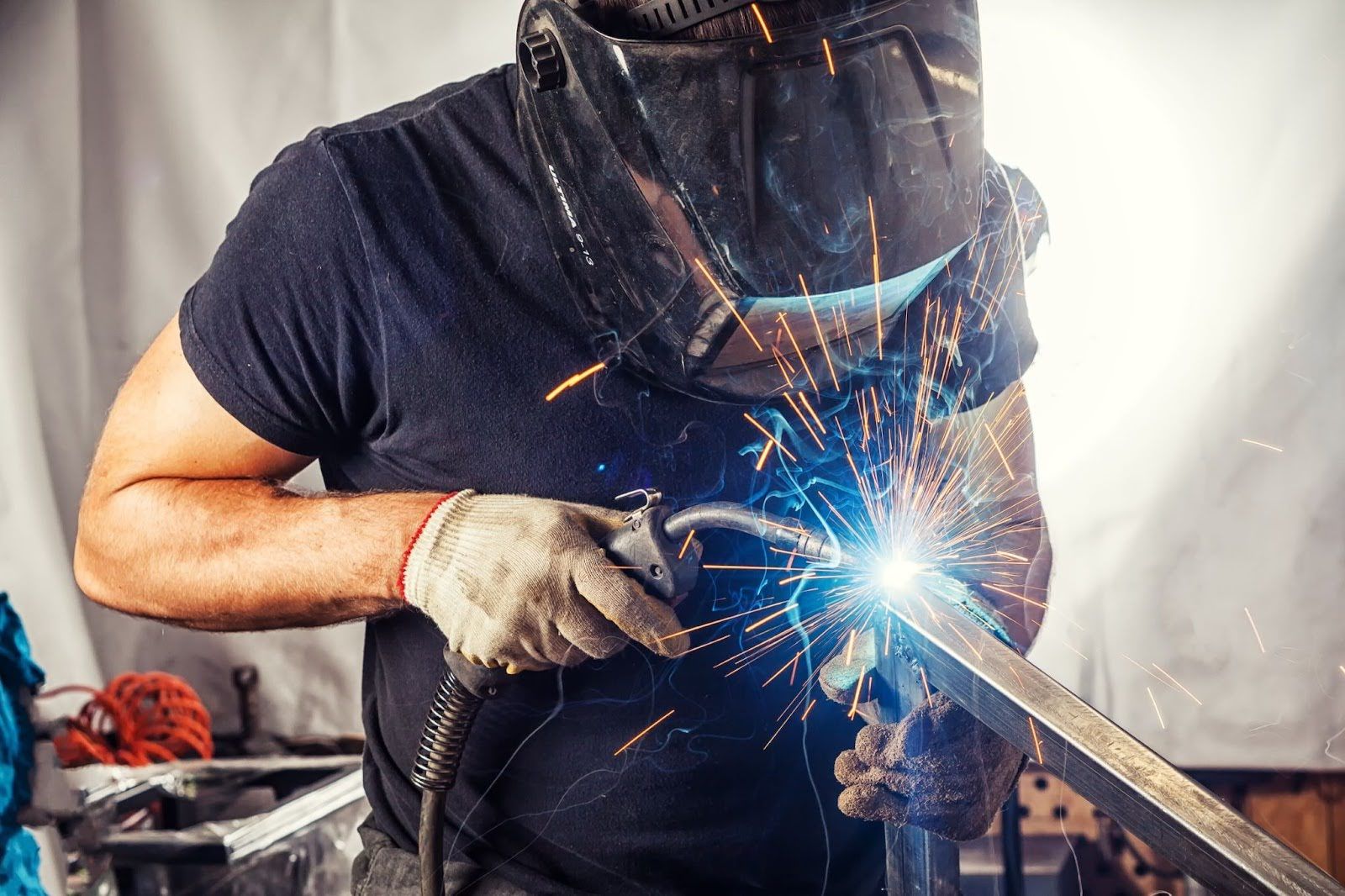Mastering the Art of Welding: Exactly How to Avoid Undercut Welding Issues for Flawless Fabrication Outcomes
By recognizing the origin causes of undercut welding and carrying out effective methods to prevent it, welders can elevate their craft to new degrees of excellence. In the search of flawless construction outcomes, mastering the art of welding to avoid undercut issues is not simply an ability yet a necessity for those striving for perfection in their job.
Recognizing Undercut Welding

To stop undercut welding, welders must guarantee appropriate welding criteria, such as readjusting the present, voltage, travel rate, and maintaining the right electrode angle. Additionally, making use of the ideal welding technique for the particular joint arrangement is important. Utilizing weaving activities or backstepping methods can assist ensure proper weld metal deposition and lower the likelihood of undercut formation. Regular evaluation of welds throughout and after the welding procedure is also essential to catch any undercut early and make necessary modifications to avoid further problems. Preventing weld undercut. By comprehending the reasons for undercut welding and applying safety nets, welders can achieve high-quality, structurally audio welds.
Sources Of Undercut in Welding
Comprehending the factors that contribute to damage in welding is necessary for welders to produce top notch, structurally audio welds. Inadequate welding current or wrong welding speed can also contribute to undercut. Understanding these causes and applying proper welding techniques can assist avoid undercutting concerns, making certain solid and long lasting welds.
Strategies to Prevent Undercutting

To alleviate the threat of damaging in welding, welders can use strategic welding strategies intended at enhancing the top quality and stability of the weld joints. Additionally, utilizing the correct welding strategy for the particular joint setup, such as weave or stringer grains, can add to reducing undercutting.
Moreover, correct joint preparation, consisting of guaranteeing tidy base materials devoid of impurities and utilizing the ideal welding consumables, is vital in protecting against undercut problems. Utilizing back-step welding methods and managing the weld grain account can also help disperse heat equally and reduce the risk of undercut. Regular examination of the weld joint during and after welding, as well as applying quality control measures, can assist in detecting and attending to undercutting problems immediately. By implementing these techniques diligently, additional hints welders can attain flawless fabrication results with very little undercut issues.
Importance of Proper Welding Parameters
Choosing and maintaining suitable welding parameters is necessary for achieving effective welds with very little defects. Welding criteria refer to variables such as voltage, current, travel speed, electrode angle, and securing gas circulation rate that straight influence the welding process. These criteria need to be carefully changed based upon the kind of product being bonded, its density, and the welding strategy used.
Appropriate welding criteria ensure the appropriate amount of warmth is used to thaw the base metals and filler material uniformly. If the criteria are established too expensive, it can lead to too much warm input, creating burn-through, spatter, or distortion. On the various other hand, if the criteria are also low, insufficient combination, absence of infiltration, or undercutting may occur.
Top Quality Assurance in Welding Workflow

Final Thought
Finally, understanding the art of welding needs a complete understanding of Full Article undercut welding, its causes, and strategies to avoid it. By ensuring correct welding parameters and executing top quality assurance practices, flawless construction outcomes can be accomplished. It is necessary for welders to consistently pursue excellence in their welding procedures to stay clear of undercut problems and create high-grade welds.
Undercut welding, a typical issue in welding processes, occurs when the weld steel doesn't appropriately fill up the groove and leaves a groove or anxiety along the welded joint.To protect against undercut welding, welders must make certain appropriate welding specifications, such as adjusting the current, voltage, traveling rate, and preserving the right electrode angle. Insufficient welding current or incorrect welding speed can additionally add to undercut.To reduce the danger of undercutting in welding, welders can use tactical welding techniques aimed at improving the high quality and honesty of the weld joints.In final thought, understanding the art of welding calls for a thorough understanding of undercut welding, its causes, and methods to avoid it.
Comments on “Best Overview to Preventing Weld Undercut: Tips and Techniques”